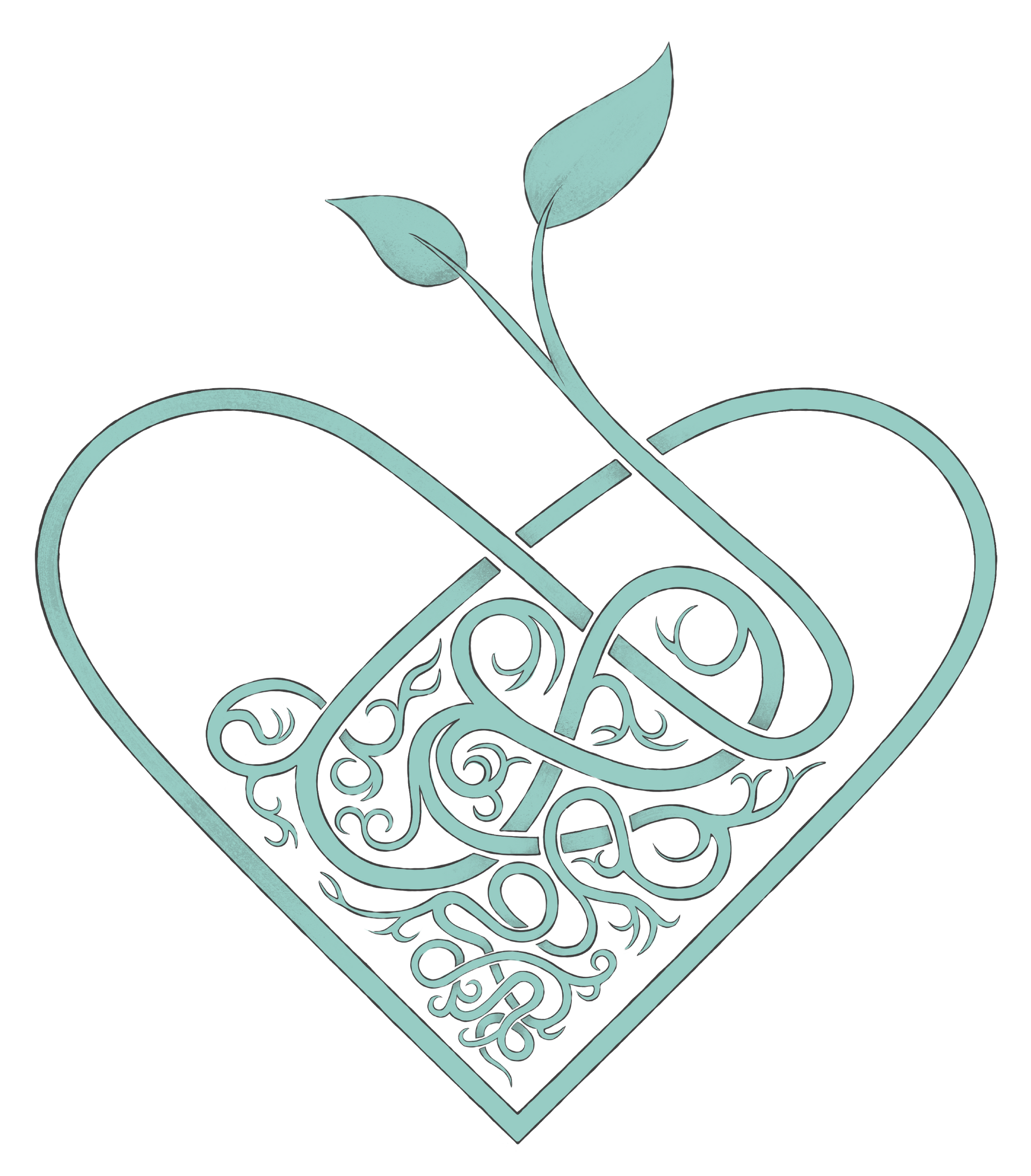Services
Recommended Books
Moving Beyond Trauma.
Work With Me
Counseling and psychotherapy for individuals, couples and families.
Body of Work
This elastic body of work is inclusive of the following: Somatic Experiencing (SEP) which guides the client’s attention to their physical sensations, connecting these to their thoughts, expressions, movements, images and emotions in a way that opens the neural pathways and allows trauma-bound (adrenaline-produced) energy, often in the form of electrical shock or trembling, to discharge. Quiet spaciousness between interventions allows the profound, and healing, reorganization of the body-mind.
Dynamic Attachment Resolution experience (DARe) which provides a foundational understanding of the four core Attachment Styles, their origins, the way they reveal themselves in relationships, and methods for transforming attachment hurt into healing. I use the terms Secure, Avoidant, Ambivalent, and Disorganized Attachment.
I also use NeuroAffective Relational Model (NARM) to address adverse childhood experiences and resolve complex trauma coupled with Integrated Somatic Psychology (ISP) to educate the client on how trauma held in the body affects their life experiences.
Finally, I integrate these modalities by introducing the client to a mindful practice of yoga and meditation based upon the ancient wisdom of Kundalini Yoga and Meditation.
Get my posts directly to your inbox.
Contact Us
Thank you!
Everything you need for your best buddy
Everything you need, all in one place
Children
Addiction is the need for a substance or behaviour that feels out of control. It is a habit that involves the building up of tolerance, often experienced as always needing more to feel satisfied. Addiction affects both the brain and the body, seriously disrupting people's efforts to live a satisfying life. Addiction is an illness that effects each of us in different ways, and often affects diverse aspects of a person's life.
Couples
Addiction is the need for a substance or behaviour that feels out of control. It is a habit that involves the building up of tolerance, often experienced as always needing more to feel satisfied. Addiction affects both the brain and the body, seriously disrupting people's efforts to live a satisfying life. Addiction is an illness that effects each of us in different ways, and often affects diverse aspects of a person's life.
Addiction
Addiction is the need for a substance or behaviour that feels out of control. It is a habit that involves the building up tolerance, often experienced as always needing more to feel satisfied. Addiction affects both the brain and the body, seriously disrupting people's efforts to live a satisfying life. Addiction is a subjective illness that may affect each of us in different ways.
Somatic Approach
Track a Resource
A resource you can refer back to when you are feeling stuck. Ask: What do I do (or have done) that I enjoy, that I feel empowered by and successful at? Best to choose something that has body action to it (hiking is usually better than meditation). Then follow the sensations in your body. Stay with it for a while, noticing the effect on your body overall, then becoming mindful of the sensations you’re experiencing of the muscles, cells, organs, molecules. Then Recall or Visualize the incident you want to discharge, then discontinue the stimulus (memory) and just go into sensations. This is usually enough technique to sail through several layers if the incident was recent.
Ride an Emotion
When an emotion arises, ask "Where is it in my body?" Once you get the place, ask, "What is the sensation that lets me know that it is there?" Once you're into the sensation, just take a curious interest in it and watch what happens next. Your curiosity will help to keep the activation level in the Zone where energy can move. Follow it.
Appreciate Discharges
As shock or frozen energy or emotions are discharging, it is often felt as trembling, vibrating, shaking, expansion in the chest or elsewhere, temperature changes, twitching, or nausea. The more you pay attention to it, the more the neural pathways open for discharge. If your mind wanders off, bring it back with questions like, "What's happening next?" "And then what?" "What's it doing now?" (These carry it forward through time.)
If nausea comes up, ask it which direction it wants to go. Then acknowledge that to your system and watch what happens next.
If a place is tight and doesn't seem to be going anywhere, ask, "Tight like what?" A metaphor will pop up and get things moving again.
If there's pressure, notice the direction of the pressure. (Does it want to go from inside to outside? Outside to inside?) Then acknowledge that direction to your system and watch what happens. The direction will usually clarify the intention of the molecules so they can get sailing again.
When more than one sensation is obvious, first pay attention to the one that is moving the most, or feels lighter or more lively. That will usually get the whole system moving. Or you can wave back and forth with your attention between the lively one and the stuck/frozen one.
If you are tracking as first aid, about something that has just happened, the sensations will usually be moving very easily, often as vibrations or trembling, without much need to question or clarify. The main thing is to appreciate these sensations instead of trying to shut them down. They are your health, so just follow them through their waves of activation and settling until they reach a sense of stillness, peace or completion.
Rest
You may feel tired after a discharge while the nervous system is reorganizing. That is perfectly natural, and a good sign that you did something that is enabling you to heal. Take rest when your system is calling for it, then enjoy the energy when it is in a more outward form. Your system may wave in and out between needing rest and feeling outwardly energetic.
How Somatic Trauma Resolution works: I usually track a Resource with you that creates a counter- vortex to the trauma vortexes in your life. I help you to become mildly curious about the sensations that arise, in such a way that your neural pathways open up. This allows trauma-bound energy to discharge from your body in many forms: electrical shock, heat, nausea, trembling, and shaking, along with a Relaxation Response. Time is given for reorganization of your body/mind at all levels. In a session we may go through several rounds of this process.
There is much that you can do to allow your nervous system to adjust to and be empowered by change, rather than freezing up around it. If you get stuck, just call me.
Expansion
When you have followed a discharge to what seems like its end, you can re-challenge the system by thinking of the upset and then tracking again. You can keep doing this until tracking the upset has no more charge and in fact brings feelings of warmth/power/expansion/peace.
If you feel too charged by something to be able to get into the Discharge Zone, try walking out into nature, or ask a friend to put their hand on your upper back. Opening your eyes may also help.
If you feel stuck in the past, remind yourself ... “That was Then, and This is Now,” and track that.
Sometimes the tension in a muscle or body area does not go away but intensifies as you track it. This is usually a muscular organizing toward wanting to complete an action, an expression, or to say something that was frozen in space. Begin by letting the muscles show you what they want to do. A specific movement or gesture may come up. Just allow your body to complete the movement and track throughout the action and afterward. It is often helpful to first Imagine doing it and track that, then Prepare to do it by engaging the muscles (push your Pause button and track that), and then Do it, followed again by tracking. This will usually bring expansion.
Blog
Tune into my blog when you are needing additional support.





